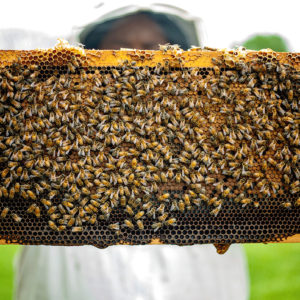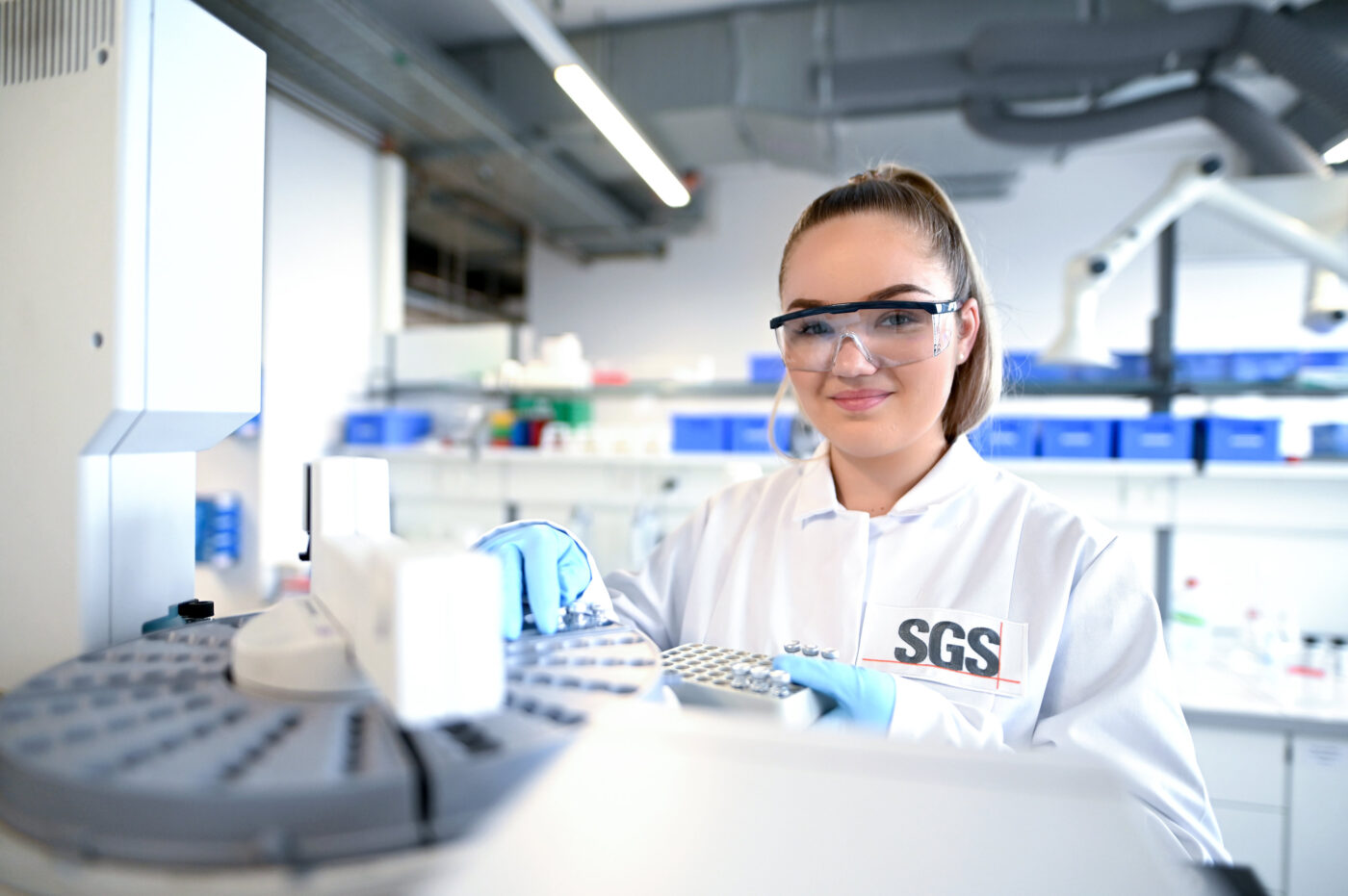Ultratrace Chlorinated and Specialty Pesticides
Pesticides are among the most concerning environmental pollutants due to their toxicity, stability, mobility, and long-term effects on living organisms. Long after phaseout, pesticides like DDT, Endrin and others are still a major concern. Current use pesticides such as glyphosate and neonicotinoids are being subject to more attention.
Our conventional services have you well covered on compliance pesticide monitoring with EPA methods such as EPA 608, EPA 8081, EPA 8270 etc. providing fast and responsive coverage for compliance monitoring and contaminated sites. Contact us for more information!
When do you need specialty pesticide support?
- Your required cleanup/reporting levels are low
- You need to monitor beyond the usual list of regulated pesticides
- You’re assessing body burden in fish or other animals
- Your contaminated site comes with so many co-contaminants that routine pesticide methods cannot keep up
SGS solutions
- With over 15 GC-HRMS and GC-MS/MS, we support high capacity and support for large and complex projects with methods such as EPA 1699 for all applications
- Our experience and data quality framework provide data of unparalleled defensibility for high-importance litigation and remediation projects
- Expert tissue methods that measure at low levels in complex samples
- With the chlorinated pesticides, the ability to perform coextractions and sophisticated multiplexing with dioxins, PCBs and more to generate 100s of POPs measurements at low detection limits from a single, limited sample, and fully validated and benchmarked GC-MS/MS techniques for even better performance and future-proofing
- A long list of specialty and emerging pesticides
- Our pesticide measurements are available in all environmental, biota and human matrices and include characterization of pesticide residues in honey, pollen, bee-bread and more.
- Our expertise in method development is reflected in our authoring of the EPA 1699 method for multi-residue pesticides.
Pesticide Analysis
|
Family |
Targets |
Matrices |
|
Organochlorines |
36 |
Aqueous, Solid, Tissue, Serum, Passive, Active |
|
Triazines |
7 |
Aqueous, Solid, Tissue, Passive, Active |
|
Organophosphates |
19 |
Aqueous, Solid, Tissue, Passive, Active |
|
Organonitrogen |
14 |
Aqueous, Solid, Tissue, Passive, Active |
|
Neonicotinoid |
19 |
Aqueous, Solid, honey, pollen |
|
Acid Extractable Herbicides |
10 |
Aqueous, Solid, Passive |
|
Fipronil |
5 |
Aqueous, Solid |
|
Glyphosate |
3 |
Aqueous, Solid, Passive |
|
Pyrethroid |
18 |
Aqueous, Solid |

Application Spotlight
Neonicotinoid pesticides such as clothianidin, imidacloprid and thiamethoxam have been linked to multiple ecological effects in vulnerable honeybee and songbird populations. SGS scientists recently developed sensitive methods for the analysis of 20 neonicotinoids, metabolites and adjuvants in multiple environmental matrices, honey, pollen and bee bread. Our sensitive instrumentation and isotope dilution approaches provide low reporting limits, 2.5 ng/L for imidacloprid in water, for example.
Contact SGSWhy SGS for Ultratrace Analysis?
- POPs and emerging contaminant expertise: Passive and active sampling projects require experienced analysts and scientists with particular sampling experience.
- Support for samplers including cleaning, loading and more
- Customized Analytical Plans: Tailored testing protocols to address unique project challenges including custom performance reference compounds (PRCs)


